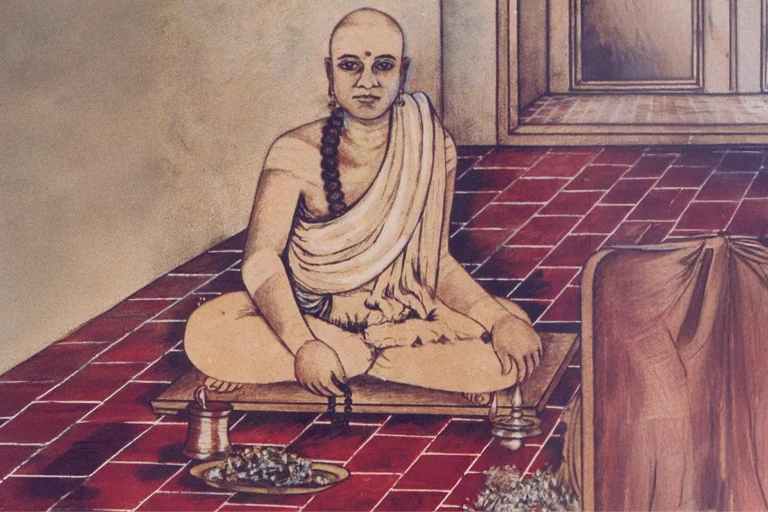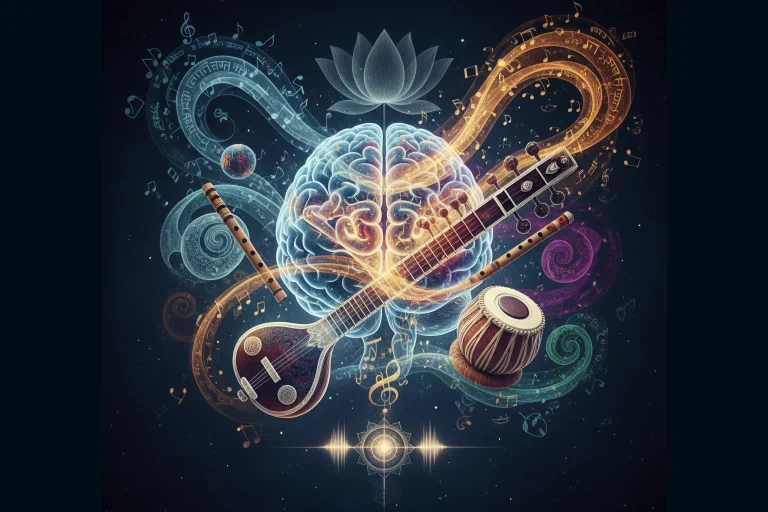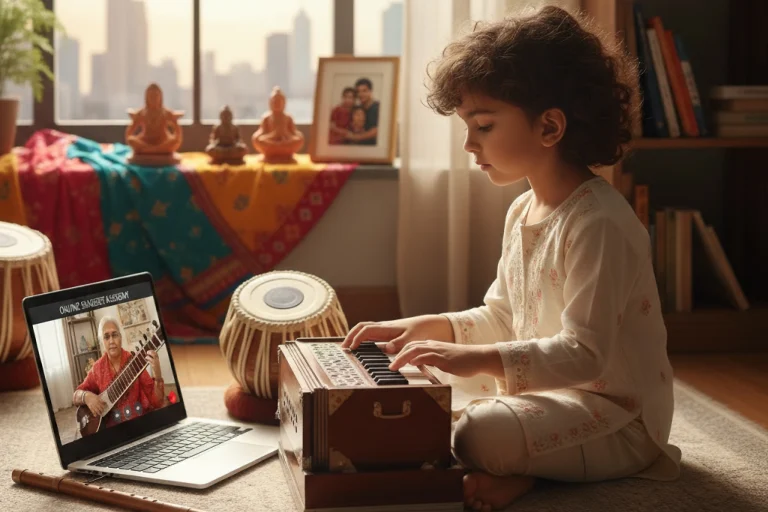All Topics
- Alchemizing Music Concepts for Students
- Artist Spotlight
- artium gift card
- Artium Maestros
- Artium News
- buying guide
- Carnatic Music
- Devotional Music
- Editorials by Ananth Vaidyanathan
- Film Music
- Guitar
- Hindustani Classical Music
- Indian Classical Music
- Indian Folk Music
- Insights
- Instruments
- Karaoke Singing
- Keyboard
- Kids Music
- maestros
- Music Education
- Music for Kids
- Music Industry
- Music Instruments
- Music Legends
- Music Theory
- Music Therapy
- Piano
- piano guide
- Success Stories
- Tamil Film Music
- Telugu Film Music
- Time Theory
- Tools
- Uncategorized
- Vocal Singing
- Vocals
- western classical music
- western music
- Western vocal music
Devotional Music, Indian Classical Music
Influence of Bhakti Poetry on Carnatic Music
Influence of Bhakti Poetry on Carnatic Music

Table of Contents
Introduction
Carnatic devotional music is a system of music with its origin and development in the Southern part of India.
It is one of the two main subgenres of Indian Classical Music that originated from ancient Bharatiya texts and traditions.
In Carnatic music, the main emphasis is usually on the vocal compositions, which are sung in gãyaki style. The basic elements of śruti (the relative musical pitch), swara (the musical sound of a single note), rãga (the mode of melodic formulæ), and tala (the rhythmic cycles) form the base of improvisation and composition in Carnatic Music.
The Evolution!
Indian classical music has evolved with a strong association with spirituality and devotion. Numerous exceptional composers of Indian classical music have been saints sharing teachings of devotion as an expression through music.
Bhakti movement
The Bhakti movement was a spiritual movement that popularised the belief that salvation could be attained by love and devotion towards a deity. The movement quickly spread across India for its noble teachings and the musical way of recitation.
In this movement, music became the vehicle of stepping into spirituality and devotion. Thereafter, the Bhakti movement has continued to influence music invariably for centuries.
The bhakti saints invoked and inspired divine love among the common folks with the use of regional language and devotional music. In this blog, we will explore the realm of bhakti music and poetry and the influence it had on Carnatic classical music.
So, let us take a look.
Influence of Bhakti Poetry on Carnatic Music
In Classical Carnatic music, most of the beautiful compositions are generally expressions of deep devotion to the deity. In order to reach a large number of people, bhakti saints used the most efficient way, that is, musical compositions.
As a result, they started experimenting with rãga and talas. Slowly and steadily, these experiments influenced the evolution of Carnatic music.
Thus, the development of Carnatic classical music was primarily a by-product of the bhakti movement and its various elements, including its teachings and poetry, among others.
Many bhakti composers flawlessly integrated folk and ritualistic music, bringing together beautiful musical blends.
Some examples of the same are Narada Koravanji (dance-drama) by Vadiraja, Ustsava Sampradaya kritis (songs sung as accompanied to rituals) by Tyagaraja, Suvvi Patalu (songs sung while pounding grain) by Annamacarya.
The influence of Bhakti poetry on classical Carnatic music can be seen in the following ways:
- Bhakti literature as the source material for music compositions
Carnatic music composers have drawn inspiration from the rich treasure of Bhakti literature. The poetry and hymns, which Bhakti saints and poets wrote, serve as the foundation for many compositions in Carnatic music. Musicians use these verses to set melodious tunes, giving them a musical form.
Some of the examples of musical compositions influenced by Bhakti poetry are as follows:
- The musical compositional form called ‘Suladi’ was created by Haridasa saints. They brought a major change in the Tala system of Carnatic music by implementing the ‘Suladi Tala’ system, which replaced hundreds of desi talas. The Haridasa tradition continued from the 17th century onwards under Vijayadasa, Jagannatha Dasa, Prasanna Venkata Dasa and others.
- Many Carnatic composers like Muthuswami Dikshitar, Arunachala Kavi, and Gopalakrishna Bharathi have set many verses from Thevaram and Thiruvasangam to music.
- Bhajans by Saint Purandara Dasa–the father of Carnatic music, are foundational in Carnatic music and are sung by musicians and enthusiasts alike.
- Annamacharya Ji is a Telugu poet and composer known for his extensive collection of kirtans dedicated to Lord Venkateswara of Tirupati. His compositions are widely cherished in Carnatic music.
- The devotional poetry of Meera Bai, a 16th-century Rajasthani mystic and poet, has inspired several Carnatic music compositions that celebrate the love and devotion for Bhagwaan Krishna.
- Bhajans and Kirtans
Bhakti poems are often adapted into bhajans and kirtans, which are devotional songs commonly sung in Carnatic music concerts. These compositions are appreciated for their spiritual overtone and emotional pull, making them an integral part of Carnatic music repertoire.
Kancherla Gopanna, who lived in the 17th century, composed several Sankirtanas and attained fame as ‘Bhadrachala Ramadasu’. Many Carnatic musicians have adapted his compositions.
Saint Thyagaraja, one of the trinity of Carnatic music, composed numerous bhajans and kirtans that express deep devotion and love for Lord Rama. His compositions are central to the Carnatic music repertoire.
Bhakti saints’ bhajans and kirtans are often set to specific ragas in Carnatic music. The musical exploration of these ragas in the context of devotional themes allows musicians to evoke and communicate a wide range of emotions. The spiritual and emotive nature of bhakti saints’ composition allows Carnatic musicians to employ various expressive techniques, such as abhinaya (gestures) and gamaka (ornamentation), to convey the profound sentiments of the verses to the audience.
- Expression of devotion
The essence of bhakti poetry is devotion and love for divinity, and Carnatic music is popularly known for its emotive and soul-stirring expressions. Through their music, Carnatic musicians convey the sentiments of love, surrender, and longing prevalent in bhakti poetry.
In bhakti poetry-based compositions, the repetition of certain phrases or lines is common, reinforcing the devotional message. Carnatic musicians use variations in phrasing and repetition to emphasise specific emotional aspects of the composition.
Verses from various Sanskrit stotras (devotional hymns) and slokas (verses) are frequently used in Carnatic music. Composers often set these verses to music to invoke divine blessings and express devotion.
Another aspect is that some Carnatic musicians present thematic concerts centred around specific deities or saints, where the entire repertoire comprises compositions expressing devotion to the chosen theme. Such concerts create a heightened atmosphere of spirituality and devotion. The expression of devotion through bhakti poetry in Carnatic music creates a profound and transformative musical experience for both the performers and the audience, which fosters spiritual connection.
- Raga and Melodic Exploration
Carnatic devotional music offers a wide range of ragas, each with its unique emotional quality. Bhakti poets have inspired Carnatic musicians to explore the nuances of ragas to evoke specific emotions and create a deeper connection with the divine.
Some examples of the ragas taken from bhakti poetry that are used by Carnatic musicians are:
- Raga Kambhoji is known for its exuberance and emotional appeal. Compositions in this raga based on bhakti poetry, like “Ksheera Sagara Shayana” by Muthuswami Dikshitar, showcase the devotional fervour and celebration of the divine.
- Raga Bhairavi is associated with compassion and devotion. Compositions like “Bhavayami Raghuramam” by Swati Tirunal reflect the deep sense of surrender and adoration for Lord Rama.
- Raga Mohanam epitomises sweetness and devotion. Compositions like “Ksheerabdi Kanyakaku” by Annamacharya convey tender love and affection towards Lord Venkateswara.
- Raga Kedaragowla is known for its emotive appeal and soulful rendition. Compositions like “Mari Mari Ninne” by Papanasam Sivan express intense love and surrender to the deity.
- Raga Kalyani evokes a sense of suspiciousness and spiritual yearning. Compositions like “Enduku Peddala” by Saint Tyagaraja portray the deep attachment and longing for the divine.
- Bhava and Abhinaya
Bhakti poetry is known for its emotional content, and Carnatic musicians employ the art of abhinaya (expressive gestures) to convey the emotions and meanings of the lyrics during performances, enhancing the audience’s emotional connection with the music.
They add dynamism to the performance, making it visually and emotionally engaging. The expressive element complements the musical rendition and elevates the artistic experience. They help overcome the language barrier, as emotions and expressions are universally understood and appreciated.
Bhakti poetry is often written with vivid imagery and emotional depth. By employing Bhava and Abhinaya, Carnatic musicians breathe life into the lyrics, making them more vivid and evocative for the audience.
- Spiritual and philosophical themes
Bhakti poetry is centred around themes of devotion and love for the divine. Classical Carnatic musicians use these compositions to express their deep devotion and adoration for the divine through their music. This expression of devotion creates a spiritual atmosphere during performances.
Bhakti poetry delves into philosophical concepts like oneness, non-duality, surrender, and detachment. Carnatic musicians use these themes to explore profound philosophical ideas through their music, offering a contemplative experience to the audience.
The themes of bhakti poetry often reflect the inner journey of the devotee seeking union with the divine. Carnatic music becomes a medium for musicians to narrate and experience this inner journey, inviting the audience to embark on a similar spiritual exploration.
The spiritual element from bhakti poetry adds a devotional aspect to Carnatic music, transforming it to a mere art form to a spiritual and transcendental experience. The deep emotions, devotion, and philosophical contemplation present in the music offer a spiritual journey to both the performers and the audience.
Wrapping Up
From the early centuries, bhakti saints who have propagated the path of devotion and spirituality have profoundly influenced the evolution of Carnatic music. Their message of renunciation reached the masses through their compositions. This paved the way for creative experiments in Carnatic music, along with the introduction of new types of musical forms.
Deeply impacted by bhakti themes, poetry and musical elements–it transformed the very face of Carnatic music.
To learn music, start with a free 1:1 session today!






